The benefits of having a home garden
Welcome to your oasis! There’s nothing quite like stepping out into a vibrant, thriving garden right in the comfort of your own home. Not only does a home garden add beauty and serenity to your surroundings, but it also offers numerous benefits for both your mental and physical well-being. Whether you have acres of land or just a small balcony, there are plenty of creative ways to enhance your home garden and make it truly special. In this blog post, we’ll explore some innovative ideas that will take your gardening experience to new heights. So grab your gardening gloves and let’s get started on transforming your outdoor space into a haven of natural beauty!
Vertical gardening: Making use of vertical space
Vertical gardening is a great way to maximize the use of space in your home garden. Instead of planting everything in traditional horizontal beds, why not go vertical and make use of those empty walls or fences? By growing plants vertically, you can create a lush and vibrant display that adds visual interest to your outdoor space.
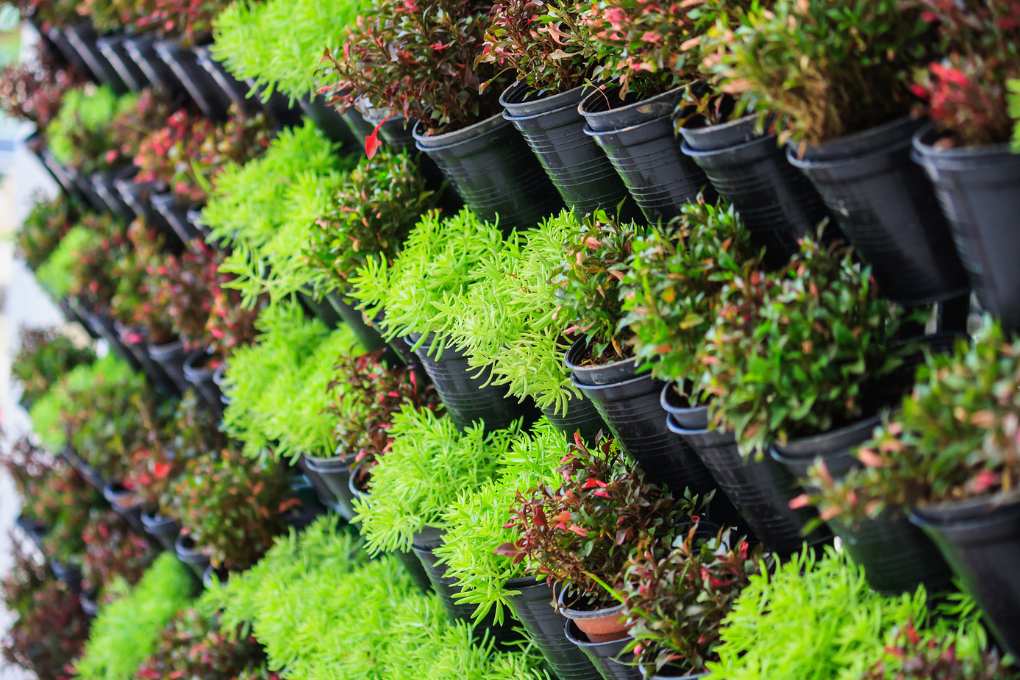
One popular method for vertical gardening is using trellises or arbors. These structures provide support for climbing plants such as tomatoes, cucumbers, and beans. Not only do they save ground space, but they also add height and dimension to your garden.
Another option for vertical gardening is utilizing hanging baskets or wall-mounted planters. These are perfect for herbs, flowers, or even small vegetables like lettuce or strawberries. Hang them on balconies or install them on walls to create a stunning green backdrop.
If you’re feeling more adventurous, consider installing a living wall system. These systems consist of modular panels that can be filled with various types of plants. They not only look impressive, but they also act as natural air purifiers.
Vertical gardening allows you to grow more plants in less space while adding an interesting design element to your garden area. Don’t let limited ground areas hold you back from creating the garden oasis you’ve always dreamed of! Get creative with vertical gardening and take advantage of every inch available!
Container gardening: Perfect for small spaces or beginners
Container gardening is a fantastic option for those with limited space or beginners just starting. It allows you to enjoy the benefits of gardening without the need for a large plot of land. Plus, it’s incredibly versatile and can be done in any type of container, from pots and buckets to hanging baskets and window boxes.
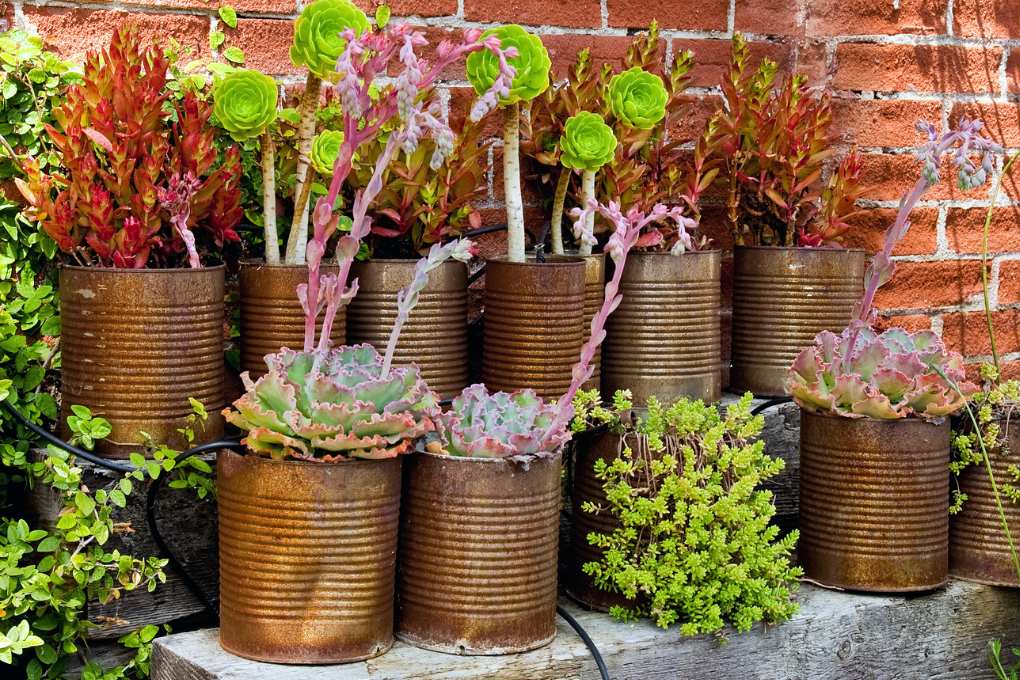
One of the great things about container gardening is that it gives you complete control over your plants’ environment. You can easily move them around to take advantage of sunlight or provide shade when needed. This flexibility also makes it easier to protect your plants from pests and diseases.
When choosing containers for your garden, make sure they have proper drainage holes at the bottom. This will prevent waterlogging and ensure that your plants thrive. Additionally, consider using lightweight containers if you intend to move them frequently.
Another benefit of container gardening is its accessibility for people with physical limitations or disabilities. By elevating the containers on stands or tables, individuals who may have difficulty bending down can still enjoy tending to their plants.
Don’t forget about creativity when it comes to choosing containers! You can repurpose old objects like wheelbarrows, boots, or even teapots as unique planters that add character to your garden.
Container gardening offers numerous advantages for small spaces or beginner gardeners. It’s an excellent way to start growing your own herbs, vegetables, flowers, and more, no matter how much space you have available! So get creative with your choice of containers and watch as your mini-garden flourishes in style!
Companion planting: Utilizing plant partnerships for better growth
Companion planting is a clever technique that involves growing different plants together to maximize their growth potential. By strategically pairing certain plants, you can create a beneficial partnership where each plant helps the other thrive.

One popular example of companion planting is the classic trio of corn, beans, and squash. Known as the “Three Sisters,” these three plants work in harmony to support one another’s growth. The tall corn provides a structure for the climbing beans to grow on, while the beans fix nitrogen in the soil, benefiting all three sisters. The large leaves of the squash help shade and suppress weeds around them.
Another effective combination is planting basil near tomatoes. Basil repels pests like aphids and whiteflies that commonly attack tomato plants, reducing the need for pesticides. In return, tomatoes release chemicals into the air that enhance basil’s flavor and aroma.
Marigolds are often used as companion plants because they repel harmful insects like nematodes and attract pollinators like bees. Their bright flowers also add visual appeal to your garden.
Herbs such as mint or chamomile can be interplanted with vegetables to deter pests or attract beneficial insects. For example, peppermint deters ants, fleas, and cabbage moths when grown alongside broccoli or cabbage.
The key to successful companion planting lies in pairing compatible plant species based on their individual needs and the benefits they provide each other. Remember to consider factors such as sunlight requirements, spacing needs, water preferences, and compatibility with neighboring crops when planning your garden layout.
By utilizing companion planting techniques in your home garden, you can enhance plant health naturally while minimizing pest problems without relying heavily on chemical interventions or synthetic fertilizers.
Incorporating water features: Adding a peaceful touch to your garden
Incorporating water features into your home garden can be a wonderful way to add a peaceful and soothing touch. The sound of flowing water can create a calming atmosphere, making your outdoor space the perfect spot for relaxation and meditation.

One option for incorporating water features is to install a small pond or fountain. A pond adds beauty to your garden and provides a habitat for aquatic plants and animals. Fountains, on the other hand, come in various styles and sizes, allowing you to choose one that fits perfectly with the overall aesthetic of your garden.
Another idea is to include a waterfall feature in your garden. The cascading water creates an enchanting visual element and produces a mesmerizing sound that can drown out unwanted noise from neighbors or nearby traffic.
If space is limited, consider adding a simple birdbath or bird feeder with running water. These smaller-scale water features still attract birds and provide them with fresh drinking water while adding charm to your garden.
To enhance the ambiance further, you could incorporate lighting around your water feature so that it becomes an attractive focal point even during nighttime hours.
By incorporating these water elements into your home garden, you can create an oasis-like retreat where you can unwind after a long day and enjoy nature’s serenity at its finest.
Edible landscaping: Growing fruits and vegetables in your garden
Edible landscaping is a fantastic way to enhance your home garden and reap the rewards of delicious, homegrown produce. By incorporating fruits and vegetables into your garden design, you add beauty and create a sustainable source of fresh food for your family.
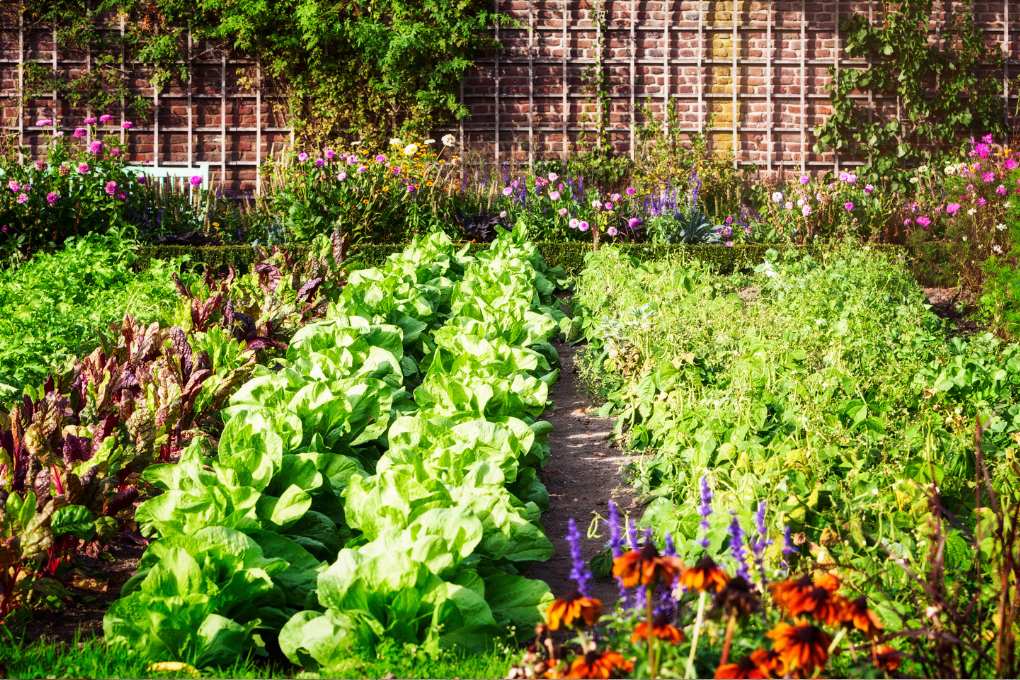
Imagine stepping out into your backyard and plucking ripe tomatoes off the vine or picking juicy strawberries straight from their plants. With edible landscaping, this dream becomes a reality. You can grow an array of fruits, like apples, pears, and peaches, in dwarf varieties that are perfect for small spaces.
Vegetables such as lettuce, peppers, and herbs can be interplanted with flowers to create stunning visual displays while providing nourishing crops. By strategically placing these edible plants throughout your garden beds or even in containers on patios or balconies, you maximize space without sacrificing aesthetics.
Not only does edible landscaping provide access to fresh produce at arm’s length, but it also promotes self-sufficiency and reduces reliance on store-bought goods. It allows you to control what goes into the food you consume by avoiding pesticides and choosing organic growing methods.
Additionally, growing edible plants at home helps reduce carbon emissions associated with long-distance transportation typically required for store-bought produce. It’s an environmentally friendly way to contribute to sustainability efforts while enjoying the benefits of gardening.
So why not turn unused areas of your landscape into fruitful spaces? Edible landscaping offers both practicality and aesthetic appeal that will transform your home garden into a bountiful oasis!
Sustainable gardening practices: Reducing your environmental impact
In our quest to enhance our home gardens, we must not forget the importance of practicing sustainable gardening. By adopting eco-friendly methods, we can reduce our environmental impact and create a more harmonious relationship with nature.

One way to practice sustainable gardening is by conserving water. Collecting rainwater in barrels or using drip irrigation systems can help minimize water waste and ensure that every drop counts. Additionally, using organic fertilizers and compost instead of chemical-based ones will nourish your plants while keeping harmful substances out of the soil and groundwater.
Another aspect of sustainable gardening is promoting biodiversity. Encouraging native plant species and creating habitat for beneficial insects like bees and butterflies will contribute to a healthier ecosystem in your garden. Avoiding pesticides whenever possible also helps maintain a natural balance between pests and predators.
Reducing energy consumption is another important part of sustainable gardening. Consider installing solar-powered lighting or utilizing natural light sources for nighttime illumination in your garden. Opt for manual tools instead of power tools when it comes to maintenance tasks such as pruning or digging.
Recycling and reusing materials should be at the forefront of our minds as gardeners striving for sustainability. Upcycle old containers into planters repurpose fallen branches into garden borders, or even create art installations from discarded items—the possibilities are endless!
By embracing these sustainable practices, you enhance your home garden and contribute positively to the surrounding environment. Remember that small changes can make a big difference when it comes to reducing our ecological footprint.
So go ahead and unleash your creativity while being mindful of Mother Nature’s delicate balance! Enhance your home garden today through vertical gardening, container gardening, companion planting, incorporating water features, and edible landscaping—all while taking steps towards reducing your environmental impact through sustainable practices.


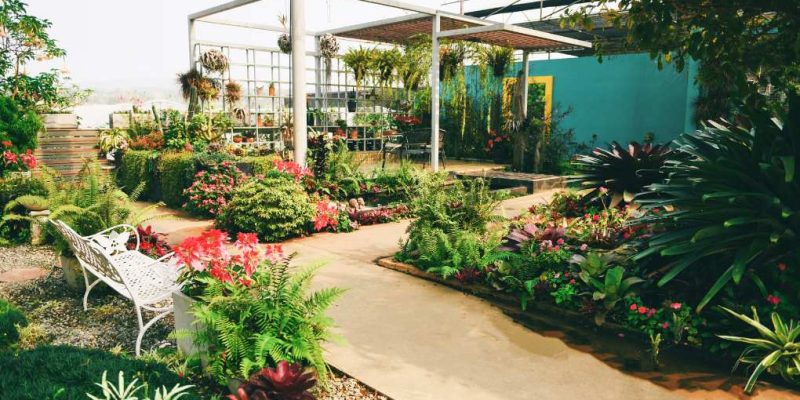





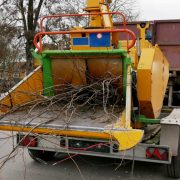


Comments